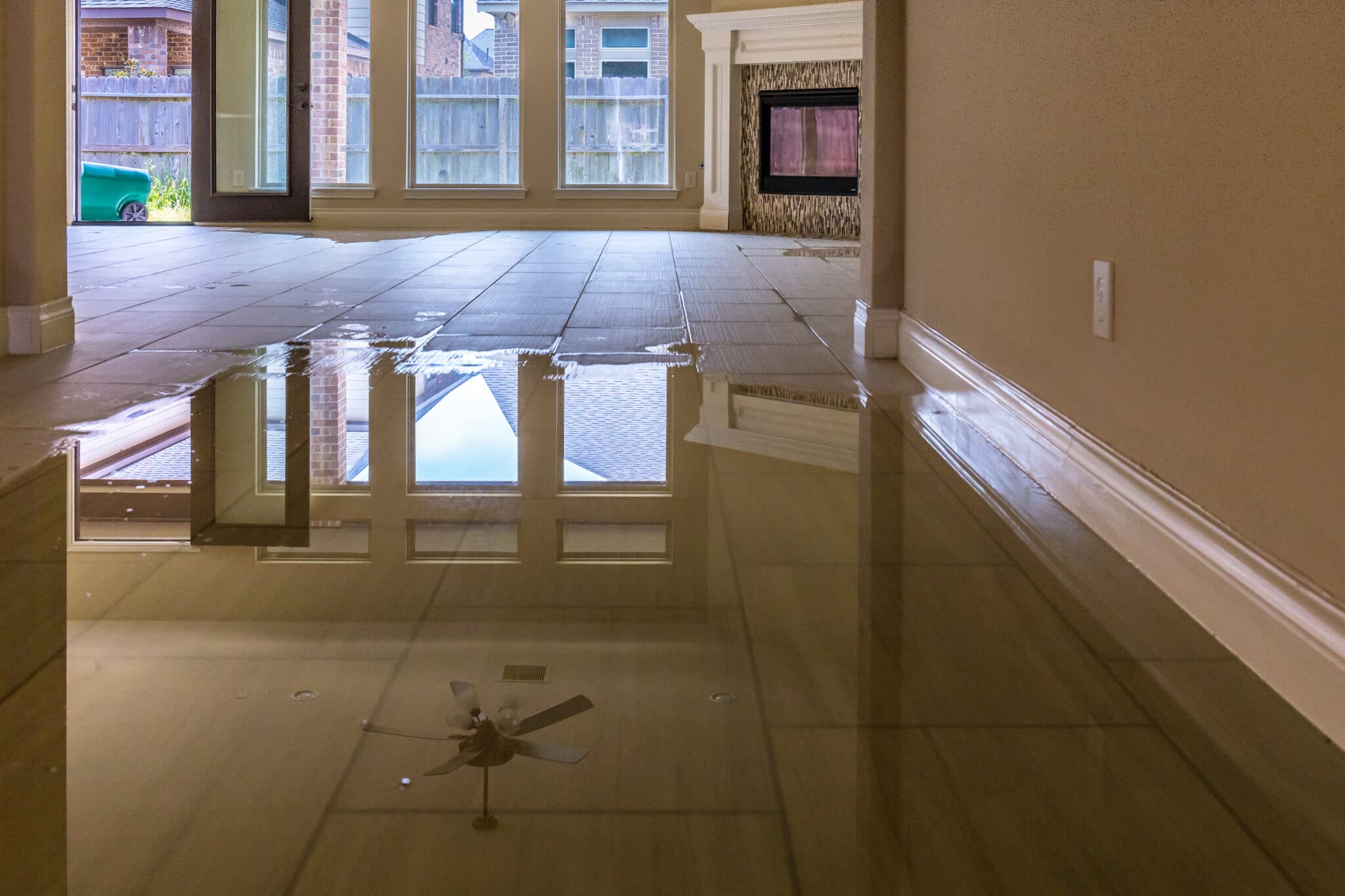5 Things You Never Knew About Wisconsin Flood Remediation
Have you recently moved to Wisconsin, or purchased a home there? If so, did you get flood insurance? Do you know why you need to? Here are five things you probably didn’t know about flood remediation in the state of Wisconsin.
- Flooding is a very real possibility. Unless you live in an extremely high flood risk area, you may not have thought about needing flood insurance for your Wisconsin home. However, flooding in areas of Kenosha County, for example, has been severe enough in the past to cause extreme damage to homes and property! Not having flood insurance can leave you up the proverbial creek with no paddle in sight, having to pay out of pocket for flood remediation services. There is a 30 day waiting period for most policies, so don’t wait until flood season!
- Flood insurance can be extremely affordable. The cost of flood insurance for most areas is low enough that it simply makes good sense to include this in your homeowners’ expenses. Even in high-risk areas, the cost doesn’t come close to the damage one flood can do, and the expense of having a flood remediation team come in and do cleanup. For areas that are specified by FEMA as designated flood zones, even less expensive insurance is available through the National Flood Insurance Program (1-888-379-9531).
- Regular homeowner insurance doesn’t cover flooding, nor does it cover the results of flooding (such as mildew and mold). It usually doesn’t even cover flooding from non-natural disasters, such as broken pipes or sewer backup, so protecting your property against this very common kind of disaster just makes sense. Ask any flood remediation company- they’ll tell you what your insurance does and doesn’t cover, and advise you on how to best protect yourself. Since mold and mildew are almost a certainty with any severe flooding, a responsible, professional, and certified team will be needed to deal with the issue and ensure your home is not toxic.
- Additional property insurance may be needed as well. While flood insurance will deal with any structural harm to your basement and appliances such as furnaces, water heaters, and other items designed to be in the space, additional improvements such as finished walls or floors, a freezer, and the food in it, and even your washer and dryer may not be covered under the flood provision and you’ll need these items specifically covered under your property insurance.
- A flood remediation team should be your first call. These experts can determine how safe your home and/or basement are, let you know how toxic the water is that has invaded your home or basement, assist with the removal of water, and deal with any other issues such as mold or mildew until your home is safe to live in again. They can also coordinate with your insurance companies and help ensure everything runs smoothly.
What’s next?
If you determine that you live in a high-risk flood zone, do the following: Obtain adequate insurance, choose a flood remediation company and have the number handy in case it is needed, make a family emergency plan, have a family survival kit packed, be informed about disaster plans for your community and safe places to go in case of severe flooding (dial 511 first to ensure the travel route is clear and safe), and know where to turn off electricity to your entire house if flooding is imminent. These tips will help keep you, your family and your property safe!






